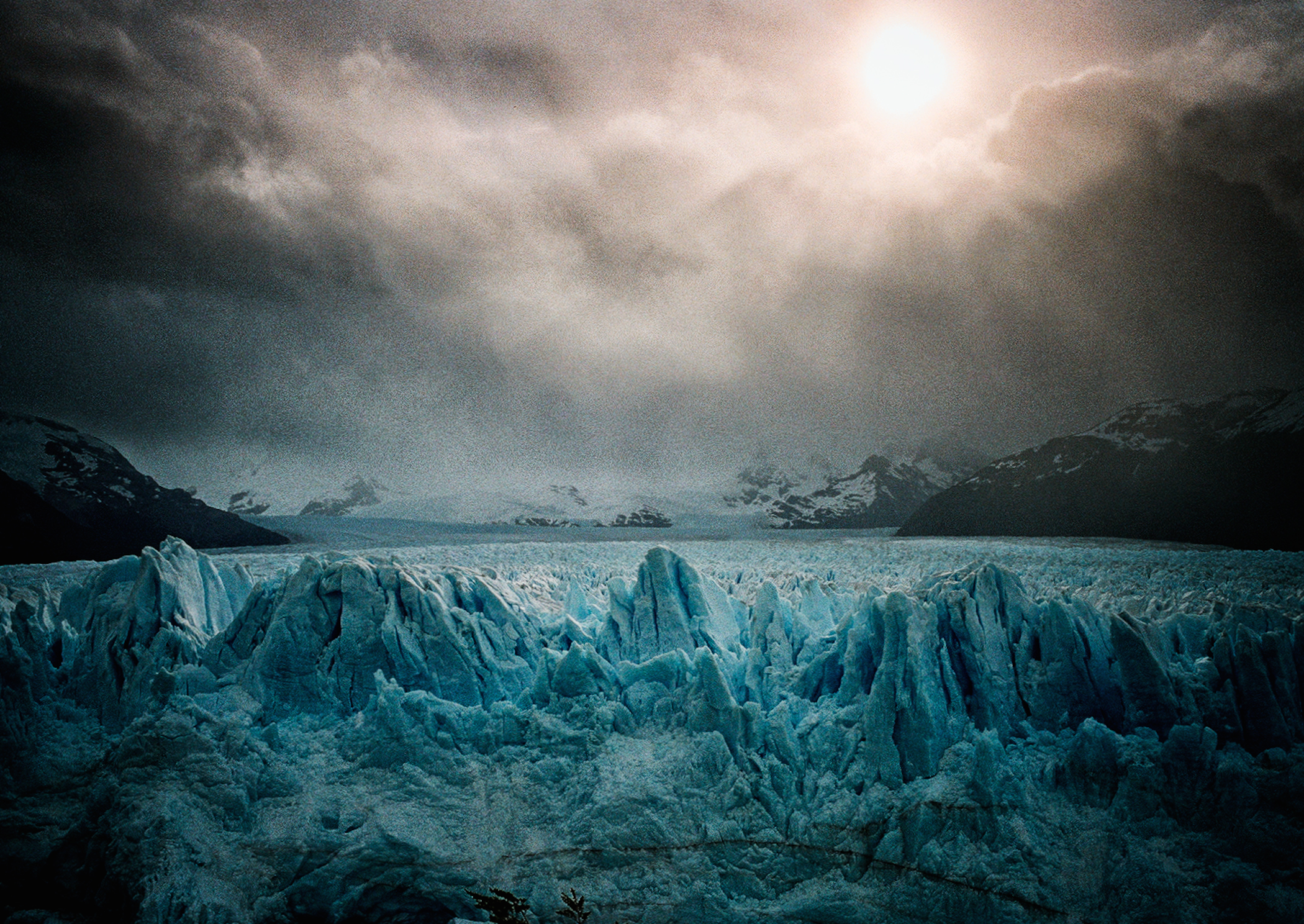Your cart is currently empty!
Tag: Bruce Yonemoto
-

Over the Rainbow
The title of the show is as ironic as it is aspirational. Most of us find ourselves in a place far more culturally fractured than we imagined less than a year ago, and pressing forward into an ever-more dystopian reality. Which is why it is as important as ever to state plainly who we are, where we live – as individuals, society, culture – who we want to be, and the society and culture we want to create. Contemporary art movements seem to be shifting away from ‘identity art,’ per se. But in a sense it’s been with us since portraiture; almost since humankind distinguished itself from its surrounding environment. Here, curator (and gallery co-director) René-Julien Praz has assembled a group of works of disparate sensibility and formal approach, from the most drily conceptual, to the formally abstract, from symbolism to the intimately documentary, even journalistic, from the gestural to the performative. What distinguishes each of the works though, and the show as a whole, is its formal power. ‘Identity’ art emphasizes disclosure as much as declarative statement. It’s an expression of terms and conditions, rather than a declaration of purpose – ‘this is where we are.’ Many of the works here play with the notion of the reveal, or the symbolic, epigrammatic reveal; also draping and transparency. There is the disclosure, and then what is held back (and something is always held back) (e.g., the photographic studies of Paul Mpagi Sepuya, or Zackary Drucker & Amos Mac’s atmospheric portrait); or alternatively, what is left behind. (Consider Sadie Barnette’s ‘strike’ of a matchbook ‘souvenir’ in her Untitled (Eagle Creek Saloon) prints.) We are an occupied country right now, and a sense of besiegement comes across with immediacy in many of these works – from Aa Bronson’s White Flag 10 (2015) to George Stoll’s Untitled (dropped American flag #4); also Matthew Chambers’ deft allusion to a ‘brave new world’ – just the other side of an exploded brick wall (New Land). Jack Pierson’s Twilight series of silkscreen/collage prints seem poignantly ironic only a few years after they were made. But, as Praz points out, these are struggles we have seen and experienced before, though perhaps never more vividly than in the 20th and 21st century. And still perhaps nowhere more vividly than in the work of Jean Genet – to whom the show pays tribute with both a drawing and 29 illustrations by Jean Cocteau of Genet’s Querelle de Brest (1948); and a long clip from Genet’s only film, Un chant d’amour (1950) – one of the greatest documents of homoerotic cinema ever produced. The film alone is worth a detour to the gallery … and then there are all those walls to smash, souvenirs to reclaim.
PRAZ-DELAVALLADE
6150 Wilshire Blvd.
Los Angeles, CA 90048
Show runs thru August 26, 2017 -

Bruce Yonemoto – The Imaginary Line Around the Earth
It is possibly the singular image of our time: the ‘walking’ glacier – or in this particular instance, the glacier that both ‘walks’ or extends forward towards the edge of a continent, yet has also begun what may eventually be a dramatic recession. It manages to both evoke stillness and a corresponding coolness while indicating energy potential and forward momentum – suggestive of a psychic energy that is itself magnified by the pressure of accumulated (and morphing) memory. The still image conflated with the moving, or more broadly, the fixed memory, notion or idée fixe dispersed or dissolved into quasi-analytic exposition is almost a trademark of Bruce and Norman Yonemoto’s art-making, both as default strategy and quintessential motif; and in his solo productions and collaborations with other artists, before and since Norman’s death, Bruce returns to it more or less constantly. In more recent years, this has come to include the false memory or projection – a natural segue from the critique of the manipulated narratives (and their induced memories) of commercial film and electronic media that has been a through-line of the Yonemotos’ work. Yonemoto (with Juli Carson) appends one such bit of ‘fakery’ or manipulation to that sublime glacier in this most recent production (executed principally in Argentina), The End of the World at the Edge of the Earth (2017), with a recreated ‘fake’ or ‘anti-happening’ from Oscar Masotta’s cool but highly charged subversive critiques of Argentine politics. That ‘walking glacier’ – as well as a number of other arresting images, films and video projections – is on view in a selective mini-retrospective (from 1991) at Cal State L.A.’s Luckman Gallery. One of the most compelling, ironically, emerges from Yonemoto’s fascination with the ancient Incan Quechua language, in which, mimicking the Robert Wise/Ted McCord staging and cinematography of the Wise/20th Century Fox film of The Sound of Music, a perfectly enchanting Peruvian child bounds onto a hilltop to sing the title song in his native language.
The Luckman Gallery/Fine Arts Complex
Cal State L.A. – 5151 State University Drive
Los Angeles, CA 90032
Show runs thru May 12, 2017

